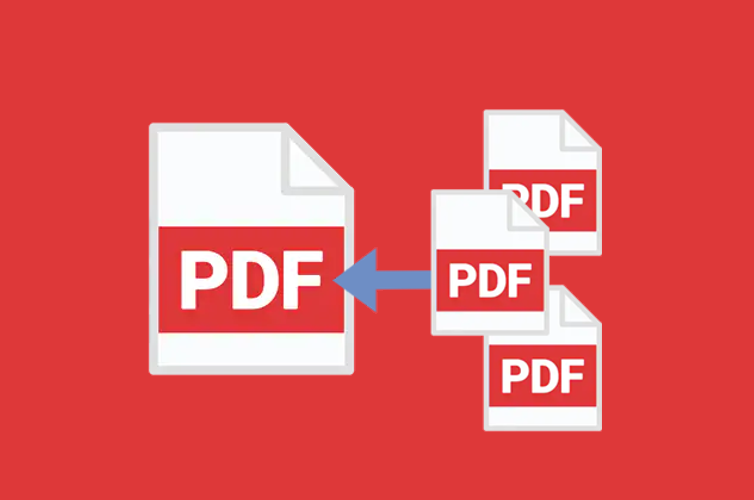For anyone in academics, working on essays is a big part of life. As such, it’s important for you to be able to craft a variety of genres to perform at your academic best. Luckily, there are a handful of tricks to help you land that next cause and effect essay with ease.
Make a Plan
The first step of anything is to craft a plan. To begin, gather concepts that are necessary to cover when you write. Initially, these don’t necessarily need to have any order; it’s just important to come up with a list of general information which need covering.
By mapping out these ideas, it’s easier to start seeing where potential links are. Now, begin to draw these links out as a map, perhaps with jotted notes. It isn’t important to go into as much detail as needed for the final draft.
Know the Layout
There is a distinct layout necessary for the vast majority of papers you will have to write. Before facts are given, it’s crucial to know how to order them. As it comes to a cause and effect essay, there is an option between a traditional block or chain construction.
With both formats, the writer must, naturally, begin by concocting an introductory section. It needs to give an overview of the subject matter alongside a forecast of what’s coming up.
Beyond this point, block and chain structures branch out. For a block structure, students will use the following order;
- Cause #1
- Cause #2
- Transition
- Effect #1
- Effect #1
- Conclusion
For a chain layout, students will want to follow this formula;
- Cause #1
- Effect #1
- Cause #2
- Effect #2
- Wrap-up
Devise a Good Hook
While you might have spent a long time on an assignment, yours is but one of many papers that your professor will go through. So, it’s Even in a non-academic setting, it’s important to make your paper stand out against the crowd. To accomplish this, you need a good hook.
The hook is the first few lines of the opening and it’s meant to draw someone in. It needs to catch their eye and act as representative of the forthcoming writing. For instance, a shocking statistic, fact, or even anecdote.
Once the hook is over, though, it isn’t time to slack off. It’s a good kickoff to catch someone’s attention, but your goal must be to retain it from the first to last sentence.
Writing a Great Thesis Statement
Another absolutely crucial part of an introduction is its thesis statement. This chunk of any writing is basically the author’s intention. It is a feature that many educators look for as a highly influential grading factor.
The perfect one features a strong, well-written main concept. This should highlight the main focus of the composition in a concise manner. This means not using a run-on sentence and keeping the statement limited to a single idea.
Carefully Craft Transitions
It’s crucial that you pay special attention to transitions when crafting a causality flow. This is because the purpose of this flow is to show how one idea transitions into another. It’s a good idea to keep these transitions smooth and not to be too wordy. Some good, short transitional terms to use when writing could include;
- “Due to…”
- “Because of…”
- “Since…”
- “If [X] then [Y]”
Conclusion
By using tips like these, students can knock their next cause and effect essay out of the park. Using hints like these, they can concoct a report of this genre on any topic and find success.










